
De Havilland Mosquito for sale 95 ads for used De Havilland Mosquitos
De Havilland DH 98 Mosquito. The famous British Mosquito - known to many as "Mossie" - was a versatile aircraft used extensively during World War II. Constructed primarily of plywood with a balsa wood core, it had excellent speed, altitude and range. First flown on November 25, 1940, the Mosquito entered production in mid-1941 and was.

De Havilland DH 98 Mosquito
The de Havilland Mosquito was the anti-Fortress, a bomber proposed to the Royal Air Force with speed as its salvation, not guns. Many forget that the Mosquito turned out to be the first of its kind and the B-17 the last of its line. Never since have bombers truly been armed defensively.
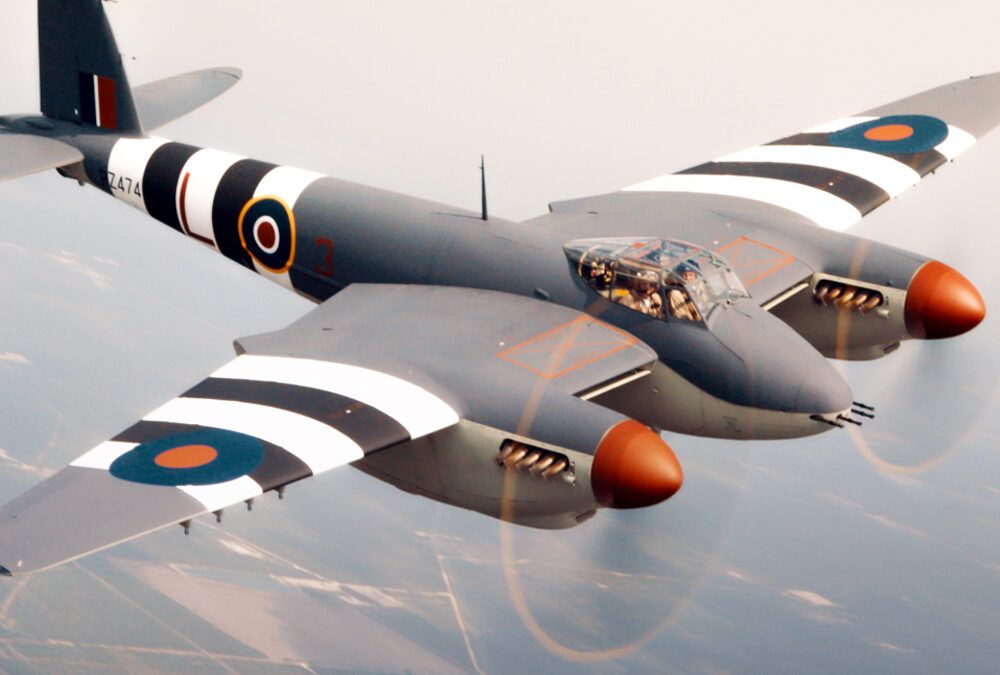
The de Havilland Mosquito EAA Warbirds of America
The Mosquito flew its last war mission on May 21, 1945, searching for German submarines in waters off the coast of Scotland. In total, between 1940 and 1950, 7,781 Mosquitoes were manufactured in the United Kingdom, Canada, and Australia. The Mosquito performed daylight bombing raids over German-occupied Europe.

Pin on Dieselpunk Air power
Hangar 5. On Display: Yes. The Mosquito was a remarkable aircraft for its time; not only was it made largely of wood but it was designed as an unarmed bomber, depending on its superior speed to escape enemy fighters. It was nicknamed 'The Wooden Wonder'. On 12 March 1945 the last bomber variant of the Mosquito, the B35, made its first test.

de Havilland Mosquito
The De Havilland Mosquito was nicknamed the 'Wooden Wonder" due to it's wooden frame construction. It also has quite the history. Here are 10 facts you never knew about the fastest operational aircraft in the world right at the start of World War 2. 1. You can buy your very own De Havilland Mosquito for a cool $7.25 Million
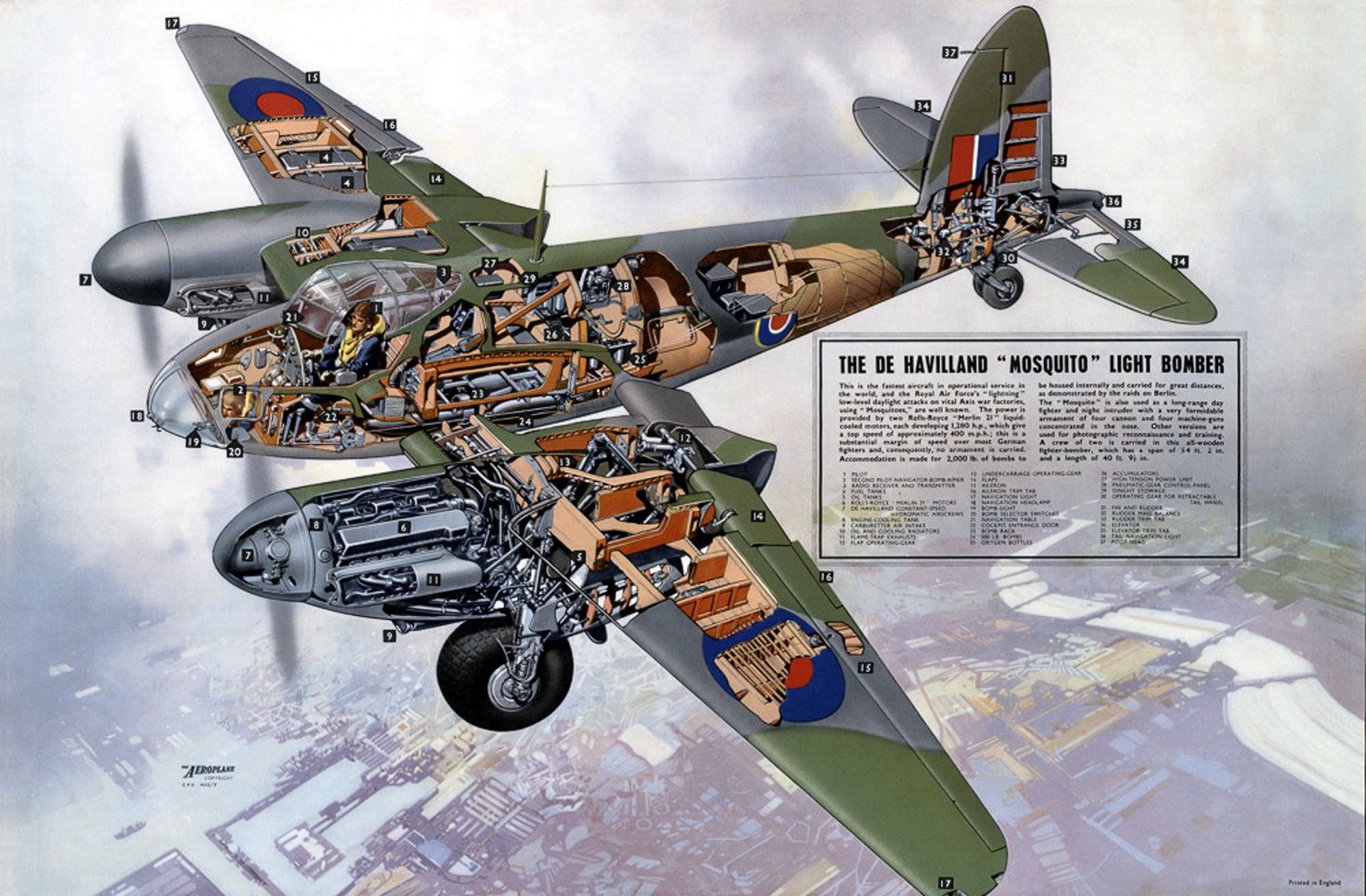
Documentary The Revival Of A De Havilland Mosquito
Mosquito, British twin-engine two-seat mid-wing bomber aircraft that was adapted to become the prime night fighter of the Allies during World War II. The Mosquito had a frame of wood and a skin of plywood, and it was glued and screwed together in England, Canada, and Australia. The plane was designed in 1938 and entered service in 1941.
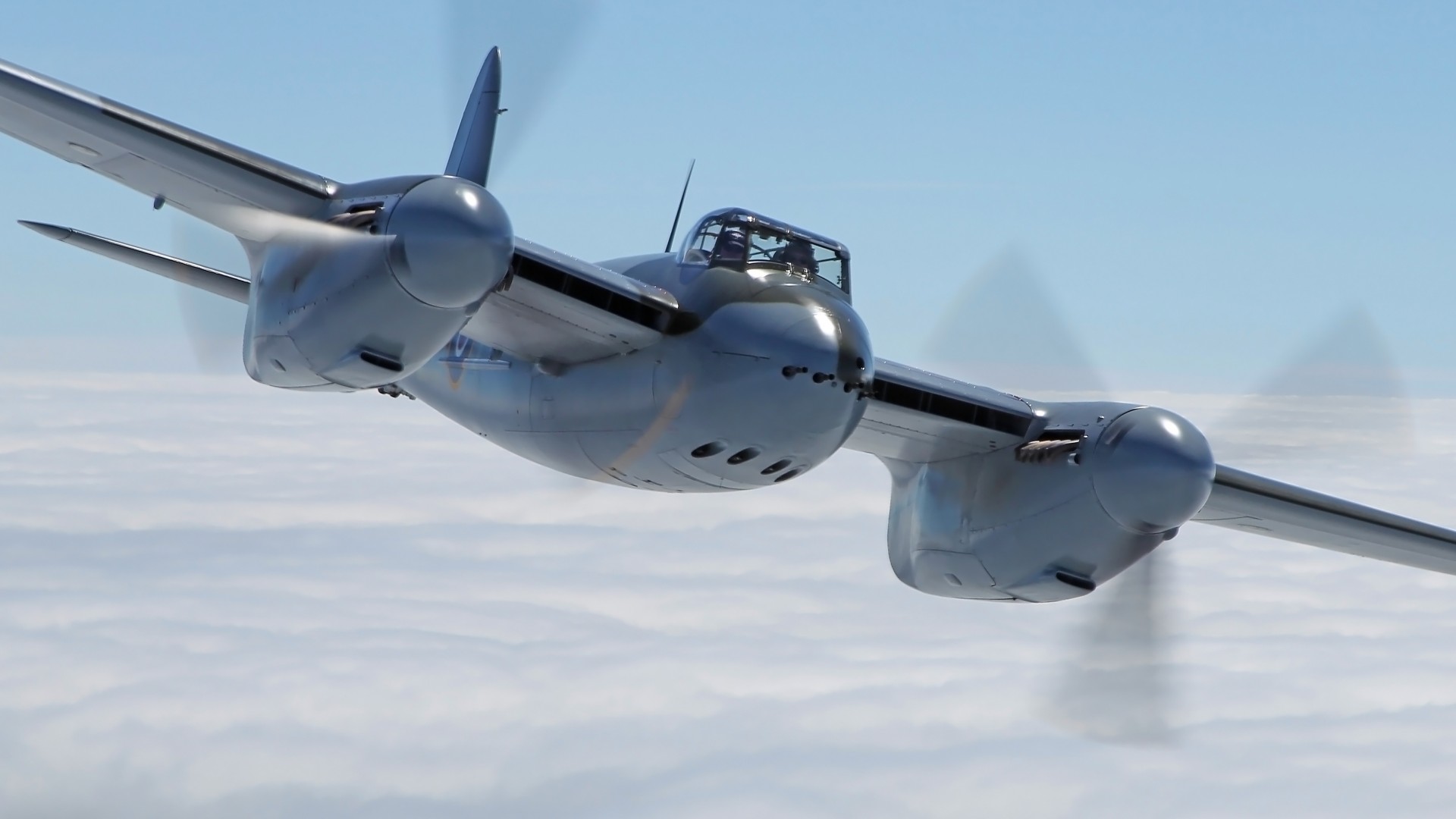
Restore the de Havilland Mosquito Square Mile
De Havilland Mosquito "Mossie" was the nickname for one of the most remarkable combat aircraft of the Second World War: the de Haviland Mosquito. The original all-wood design was intended as a light bomber but quickly proved highly versatile with reconnaissance, fighter-bomber, night fighter, and intruder variants being developed.
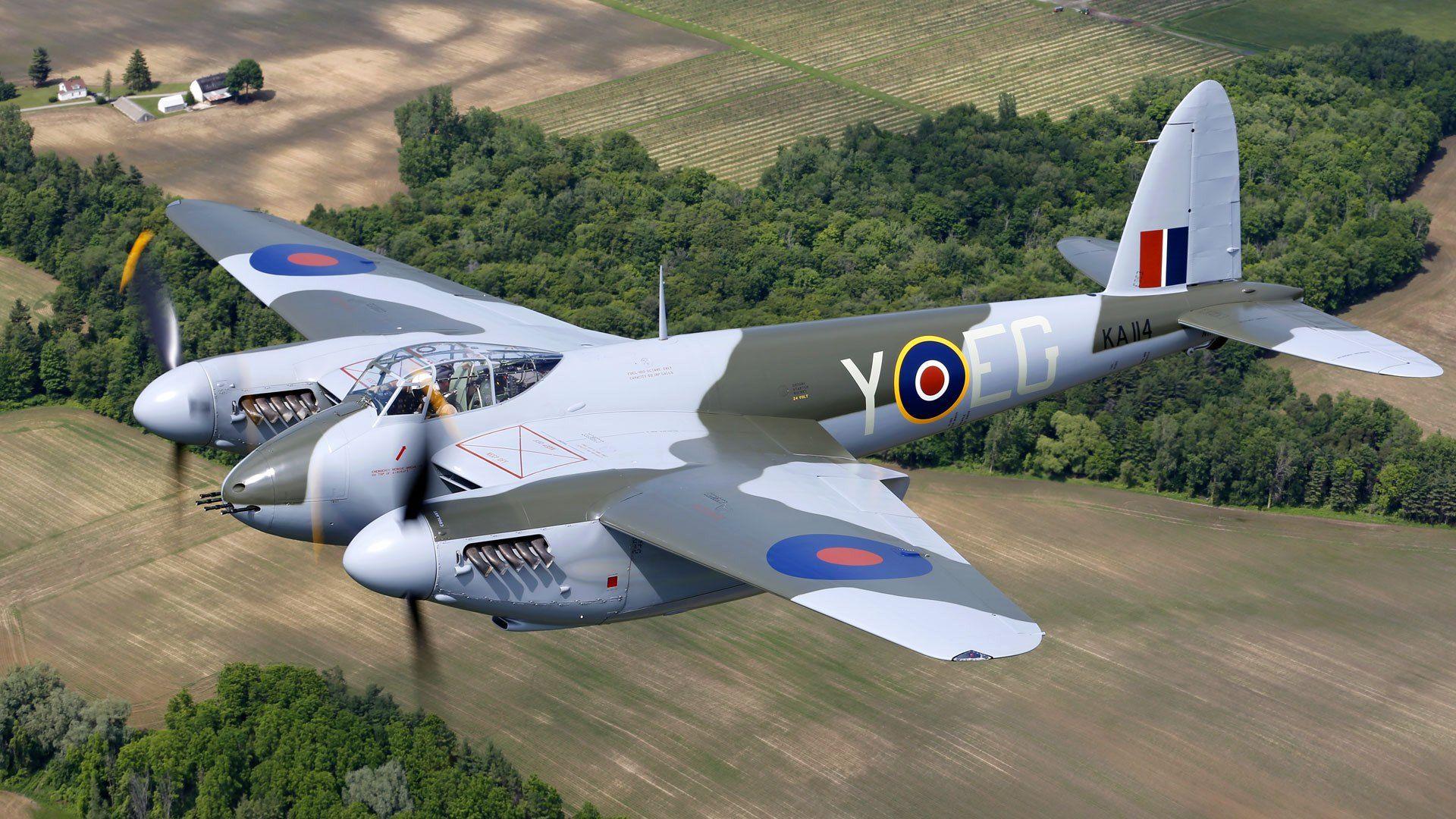
De Havilland Mosquito Wallpapers Wallpaper Cave
The de Havilland Mosquito was a British light bomber that served in many roles during and after the Second World War. Mosquito-equipped squadrons performed medium bomber, reconnaissance, tactical strike, anti-submarine warfare and shipping attack and night fighter duties, both defensive and offensive. [1]
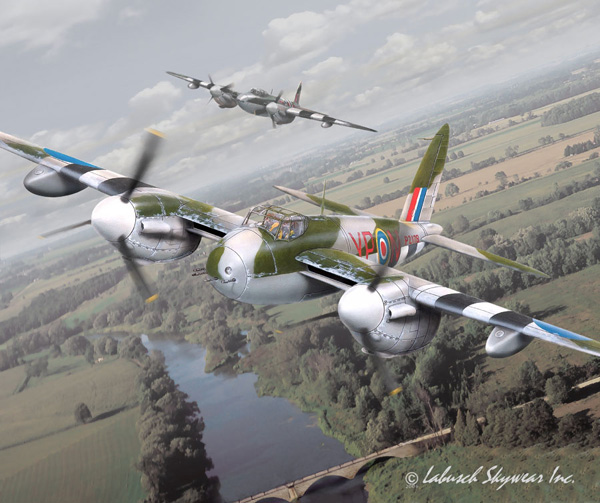
De Havilland Mosquito
The prototype made its first flight on November 25, 1940. This was only ten months and twenty-six days after detailed design work had commenced. The first Mosquito sortie was made on September 20, 1941, when a single aircraft made a reconnaissance flight over France.
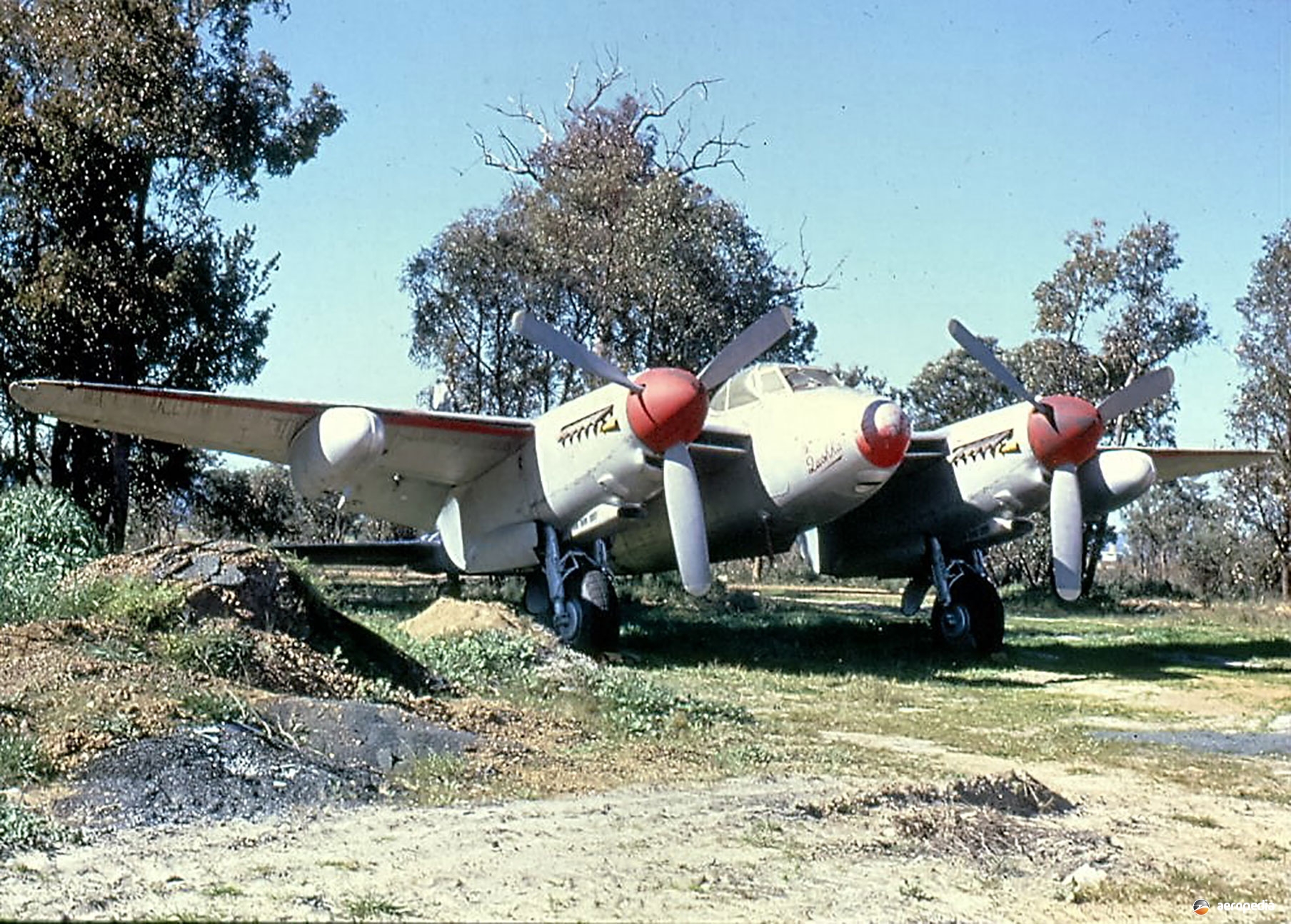
De Havilland Dh.98 Mosquito · The Encyclopedia of Aircraft David C. Eyre
The de Havilland Mosquito was a British twin-engine, multirole combat aircraft that served with the Royal Air Force (RAF) and other Allied air forces during the Second World War. It was constructed primarily of wood, earning it the nickname, " Wooden Wonder .". The Mosquito was first introduced in 1941, and the final operational units were.
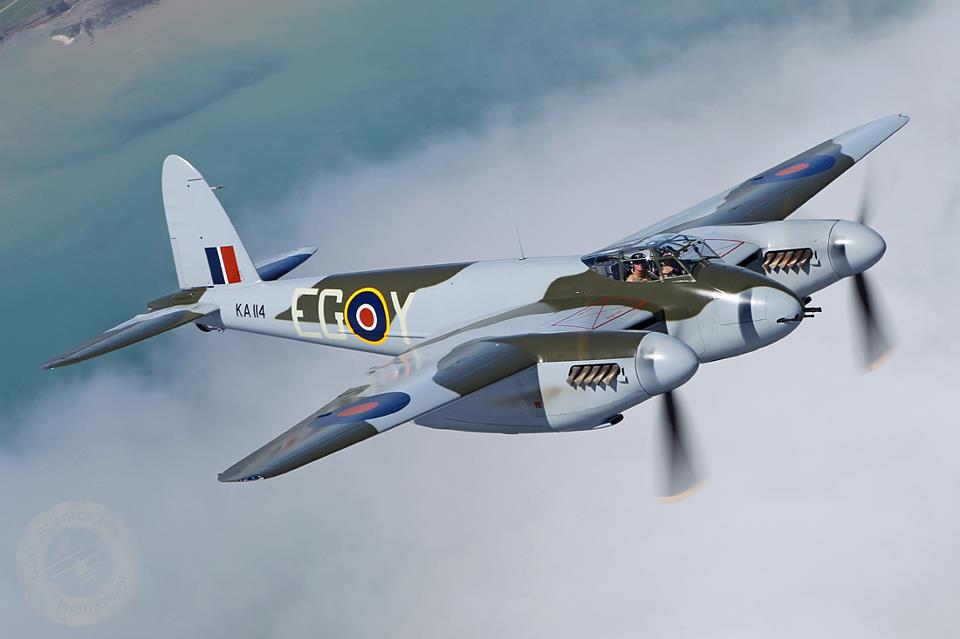
De Havilland Mosquito wallpapers, Military, HQ De Havilland Mosquito pictures 4K Wallpapers 2019
Originally conceived as a high-flying, unarmed photo-reconnaissance aircraft, the Mosquito saw service in wide-ranging roles from bomber / fighter-bomber, night-fighter, anti-shipping strike, trainer, torpedo bomber and even as a target tug.

CoolPix Avspecs de Havilland Mosquito In The Air Bravo! blog AirPigz
40K Share 2.3M views 2 years ago When Sir Geoffrey de Havilland first pitched his idea for a two-seater bomber made of wood with no armament, few people were willing to accept his design. But.

De Havilland DH98 Mosquito FB26 Untitled Aviation Photo 2168849
The wooden fighter-bomber. When Sir Geoffrey de Havilland first pitched his idea for a two-seater bomber made of wood with no armament, few people were willing to accept his design. But the de Havilland Mosquito went on to become one of the most successful and popular aircraft of the Second World War. The defence of this bomber would be its speed.

De Havilland Mosquito Bomber Command Museum of Canada
The De Havilland Mosquito - YouTube 0:00 / 43:35 The De Havilland Mosquito gb5uq 3.89K subscribers Subscribe Subscribed 4K 737K views 10 years ago The story of the development, introduction.

Mosquito de Havilland BoomerVoice
The de Havilland DH.98 Mosquito is a British twin-engined, multirole combat aircraft, introduced during the Second World War. Unusual in that its airframe was constructed mostly of wood, it was nicknamed the "Wooden Wonder", [4] or "Mossie". [5]
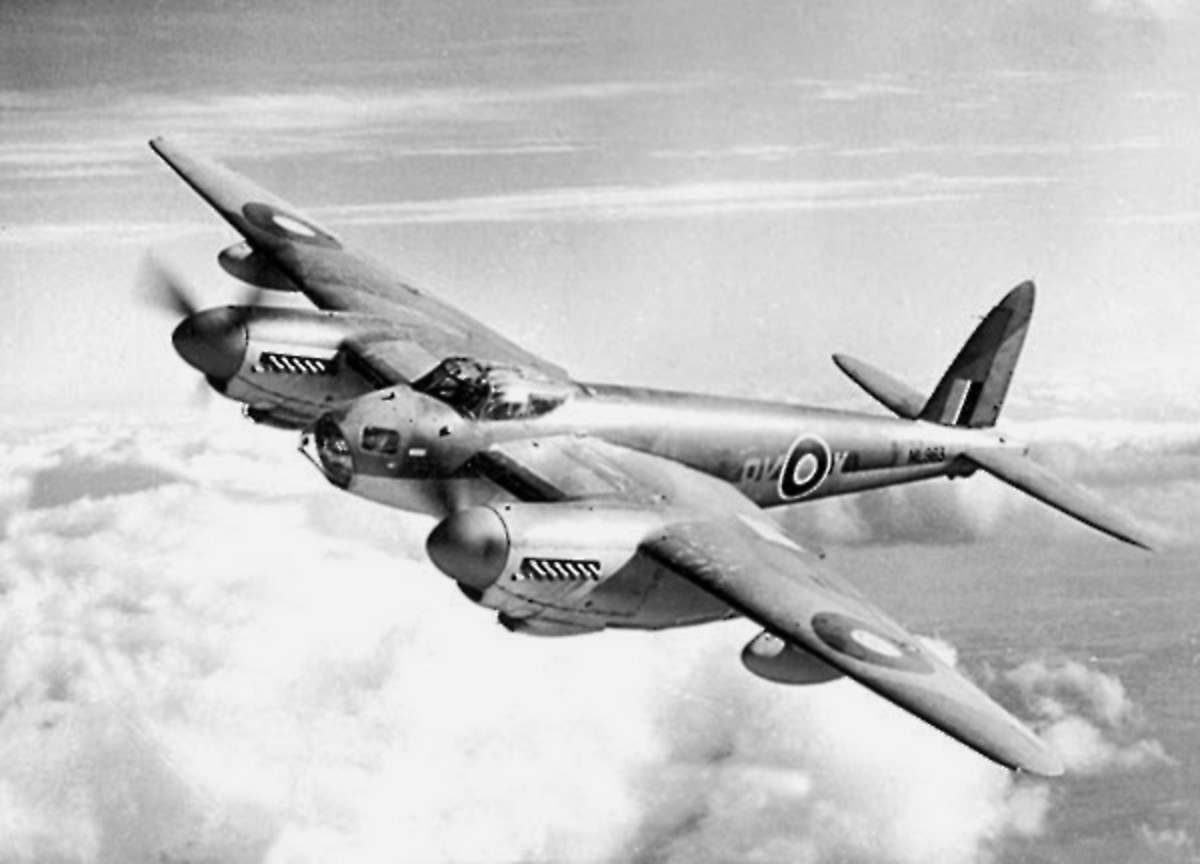
History of the British De Havilland Mosquito HubPages
de Havilland Mosquito. The de Havilland Mosquito was one of the most successful aircraft of the Second World War. Only the Junkers Ju 88 could rival its versatily. All this was achieved by an aircraft which encountered great resistance when it was offered to the RAF. The Mosquito was designed as an unarmed, high-speed bomber.